Visual Character Recognition | Vision Assisted OCR-Visual Character Recognition Tool
AI-Powered Text Extraction from Images
No need to chat to me, just upload an image.
One image per chat to avoid hallucinations.
Related Tools
Load More
OCR with GPT Vision
VisionText Extractor GPT is designed to perform Optical Character Recognition (OCR) on uploaded images, extracting text with precision.
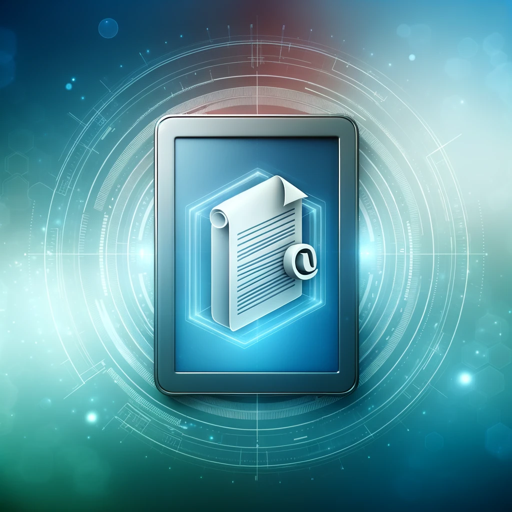
OCR (formerly ChatOCR)
Extract text from scanned PDFs, photos, and even handwriting.

AI Detect
Advanced GPT-4 AI for content generation and AI content detection

GPT Vision
I specialize in reading text directly from images, perfect for quick text extraction.
Text from image
Text from Image is a streamlined tool designed to extract text from image files. It simplifies the process to copy text from image sources, providing a fast and accurate solution for users needing to extract text from image documents for various applicati

Free OCR | Photo / Image to Text with AI 🤖
Convert images to text effortlessly with Free OCR | Photo / Image to Text with AI. Leading OCR technology for accurate text recognition. Upload your image now to start!
20.0 / 5 (200 votes)
Introduction to Visual Character Recognition | Vision Assisted OCR
Visual Character Recognition (VCR) or Vision Assisted Optical Character Recognition (OCR) is a technology designed to convert different types of visual text content into machine-encoded text. This includes text from scanned documents, photographs of text, and images containing textual information. The main purpose of this technology is to provide accurate, clear, and detailed transcriptions of text found within images, facilitating various applications such as data entry, document digitization, and accessibility improvements. For example, a business might use VCR to digitize paper records, making them searchable and editable, while a visually impaired user could benefit from OCR to read out text from images.

Main Functions of Visual Character Recognition | Vision Assisted OCR
Text Extraction
Example
Extracting text from a scanned image of a printed document.
Scenario
A law firm needs to digitize case files stored as scanned images to create a searchable database. Using VCR, the text from these images can be extracted accurately and converted into digital text, enabling efficient search and retrieval.
Table Recognition
Example
Recognizing and maintaining the structure of tables in financial documents.
Scenario
An accounting department receives numerous invoices and financial statements in image format. VCR can recognize tables within these documents, extract the data, and preserve the table structure in a spreadsheet, simplifying data analysis and record-keeping.
Handwriting Recognition
Example
Converting handwritten notes into digital text.
Scenario
A university professor has a collection of handwritten lecture notes. By using VCR, these notes can be converted into typed text, making them easier to share with students and to archive for future reference.
Ideal Users of Visual Character Recognition | Vision Assisted OCR Services
Businesses and Organizations
Businesses and organizations, such as law firms, accounting departments, and educational institutions, often deal with large volumes of documents in image format. VCR services help these users by automating the process of converting these documents into digital text, improving efficiency, accuracy, and accessibility. For instance, a legal firm can streamline its case management by digitizing and organizing paper-based case files.
Individuals with Visual Impairments
Individuals with visual impairments benefit significantly from VCR services. By converting text from images into readable digital formats, these users can access content that would otherwise be inaccessible. For example, a visually impaired user can use a VCR application to read text from photographs or printed material, enhancing their independence and access to information.

How to Use Visual Character Recognition | Vision Assisted OCR
1
Visit aichatonline.org for a free trial without login, also no need for ChatGPT Plus.
2
Upload an image containing text you want to extract. Ensure the image is clear and the text is legible.
3
Select the desired language for text extraction, focusing only on English for accurate results.
4
Click on the 'Extract Text' button and wait for the processing to complete.
5
Review the extracted text, copy it, and use it as needed for your specific application.
Try other advanced and practical GPTs
Crypto Coach
AI-powered cryptocurrency education and analysis.
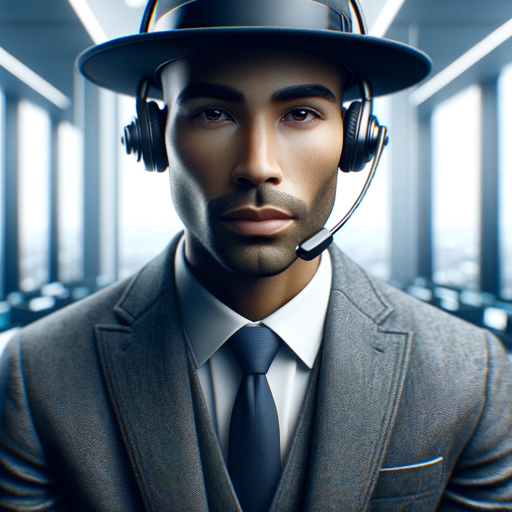
Balance Sheet Analyzer
AI-Powered Financial Insight Tool
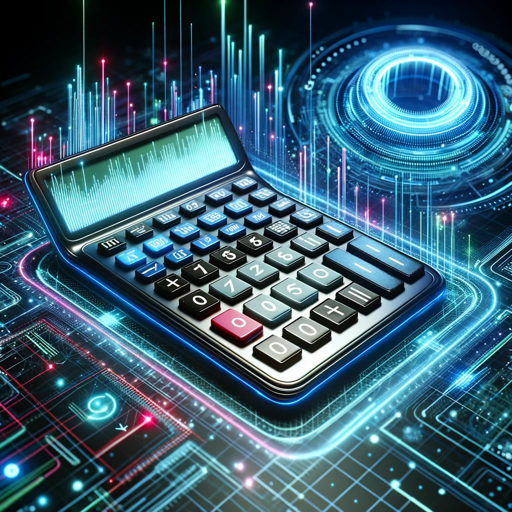
Notion Wizard
AI-powered Notion data insights
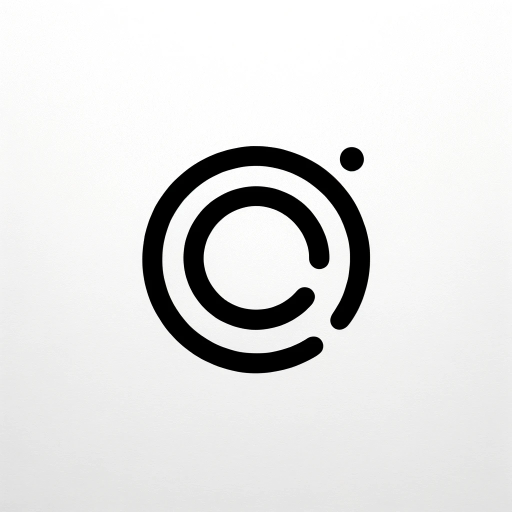
SensualGPT
Unleash playful conversations with AI-powered innuendo.

Asistente de Presentaciones Avanzadas
AI-powered tool for dynamic presentations

JavaScript Code Interpreter
AI-powered JavaScript coding made easy
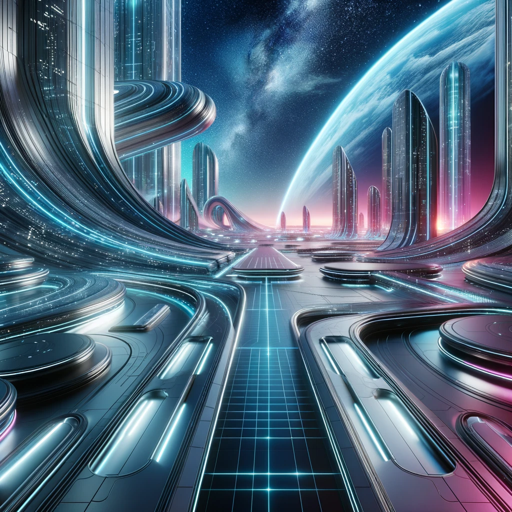
Meeting Mate
AI-powered insights for effective meetings.
AI Book Cover Generator
AI-powered custom book cover design
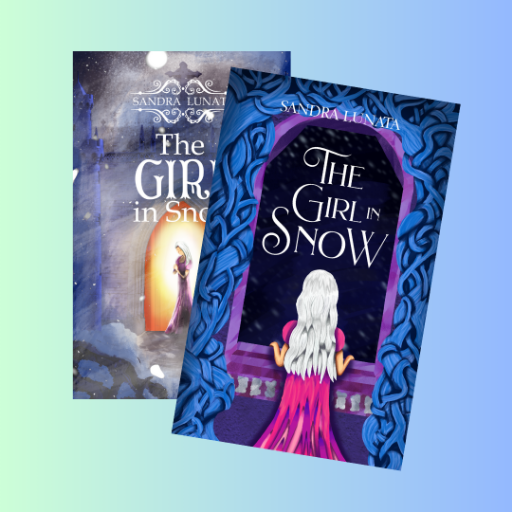
There's An API For That - The #1 API Finder
AI-powered API discovery

Review-Data Business Insights
AI-powered customer feedback insights.

解梦大师
AI-powered dream interpretation tool
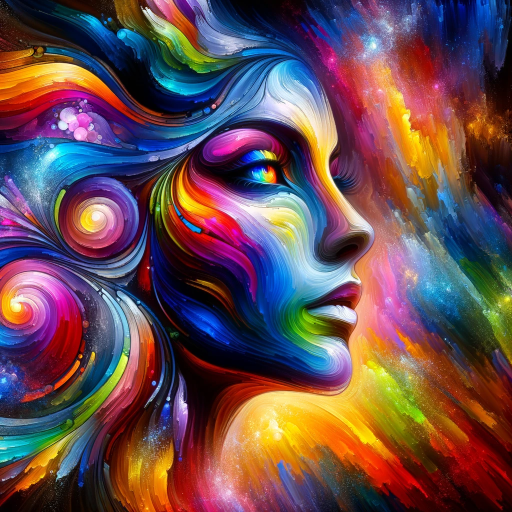
Ask Don Frankolini
Get advice with an Italian Mafia twist.

- Academic Research
- Data Entry
- Document Scanning
- Business Cards
- Handwriting Analysis
Q&A about Visual Character Recognition | Vision Assisted OCR
What is Visual Character Recognition | Vision Assisted OCR?
It is an AI-powered tool designed to extract text from images, ensuring accurate and efficient text recognition for various applications.
What types of images are best suited for this tool?
High-resolution images with clear, legible text are best suited for accurate text extraction. Avoid blurry or low-contrast images.
Can this tool recognize handwritten text?
Yes, the tool can recognize handwritten text, but accuracy may vary depending on the clarity and legibility of the handwriting.
What are common use cases for Visual Character Recognition?
Common use cases include digitizing printed documents, extracting information from business cards, reading text from images for academic purposes, and automating data entry.
Is there a limit to the amount of text that can be extracted?
There is no strict limit, but the processing time may increase with the amount of text. For best performance, use images with a moderate amount of text.